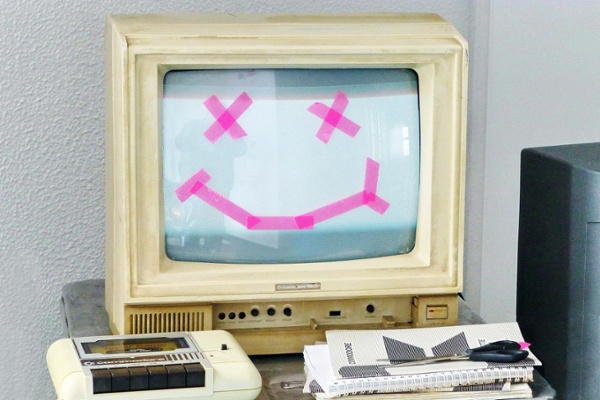
In case of major changes to your VPS, it is important to have the assurance that you can return to backups or snapshots. After all, if something goes wrong, you always have all the important data somewhere. But for example, if you are going to test, do you prefer a snapshot or a backup? In this article you can read all about the variations and how to effectively use a backup or snapshot for your VPS.
What is a snapshot?
A snapshot is essentially a ‘picture’ of your server. You can do it (manually) daily or just occasionally. It is a screenshot of the whole system and this is particularly helpful if you are about to update or change something. The snapshot is an addition to the backup.
📸 You can not use a snapshot to replace your backup. A successful backup is on a separate location, is made at regular intervals and can also be used for particular parts.
A snapshot is not a backup: here’s what is different
A snapshot is not the same as a backup. So, what exactly is it? A snapshot is in fact a copy (or a photograph) of all data currently on the server. Since it is an entire recording, you cannot save (or restore) individual segments. It is often used before testing or when you want to make a major change to your website.
Moreover, a snapshot is created manually (by you), and a backup is automatic (we do it for you). As a result, you can save multiple screenshots. However, if a backup is executed, the previous backup is automatically overwritten with the most recent version.
Furthermore, are any programs or applications still running or is a database active? Then those processes write away data (write actions) in the very moment you are taking the snapshot. This can result in your files not being completely written out. And that can cause the snapshot not to work.
💡 Make sure to turn off your VPS before taking the screenshot.
The backup, on the other hand, is completely automated. So, you don't have to turn off anything.
So in conclusion, a backup or snapshot?
A backup can also be an exact copy of all data at the time it was created. But it doesn’t have to. You might, for example, use it to store only a subset of all data on the server (or another server). When you bring it back, you have the same advantage: you can opt to put back just pieces of it rather than the whole thing. The above are also known as file-level backups.
What’s the bottom line? With a snapshot you record everything and you can only restore all saved data. With a backup you can also record parts of all stored data and then restore it. A snapshot is helpful and recommended for big improvements, but in all cases, it is only an addition to the backup.
Want to know more about our service? Check out our configurator, where you can also pick powerful add-ons such as snapshots and backups.


